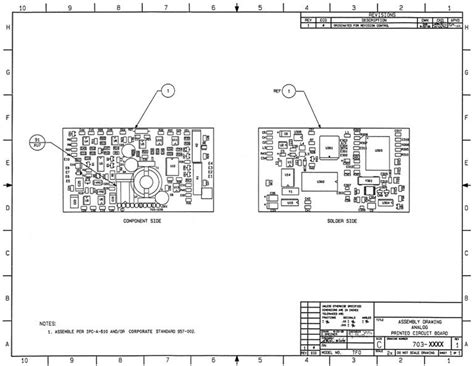
PCBA Drawing: What Are the Basic Requirements for Assembly Drawing?
Introduction to PCBA Drawing Requirements Printed Circuit Board Assembly (PCBA) is a crucial process in the manufacturing of electronic devices. It involves the assembly of[…]
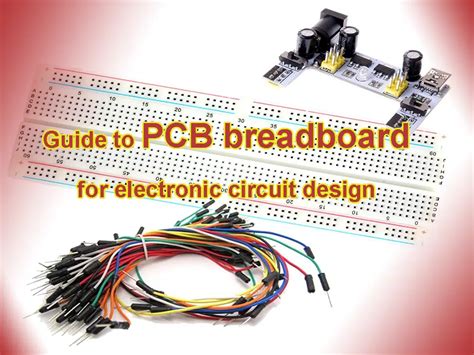
Custom PCB-The Ultimate Guide To Getting The Best Results
Introduction to Custom PCBs Custom printed circuit boards (PCBs) are essential components in modern electronics. They provide a reliable and efficient way to connect electronic[…]
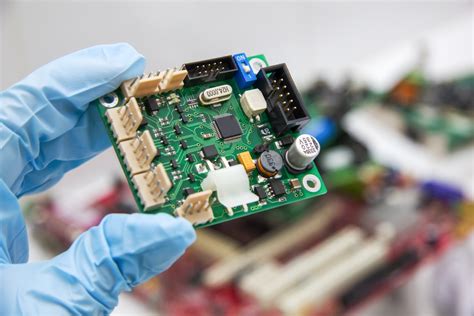
7 Ways To Prevent The Case of Failing Custom LED PCB Assembly
Introduction LED lighting has become increasingly popular in recent years due to its energy efficiency, long lifespan, and versatility. As a result, the demand for[…]

8 Aspects On How To Estimate PCB Assembly Cost
Introduction Printed Circuit Board (PCB) assembly is a crucial process in the manufacturing of electronic devices. The cost of PCB Assembly can vary significantly depending[…]
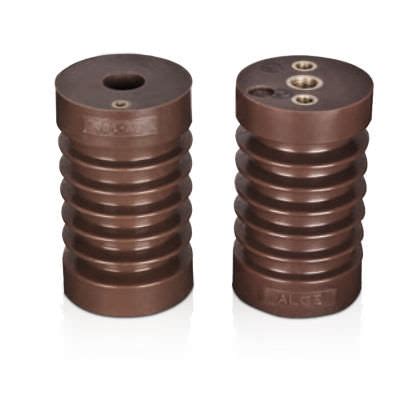
Capacitive Voltage Divider: An In-depth Guide
Introduction to Capacitive Dividers A capacitive Voltage Divider, also known as a capacitive divider, is an essential component in various electronic circuits. It is used[…]

Input Impedance of Op Amp: What It Is and How to Calculate It
What is Input Impedance? Input impedance refers to the effective resistance and capacitance that an op amp presents to the signal source connected to its[…]
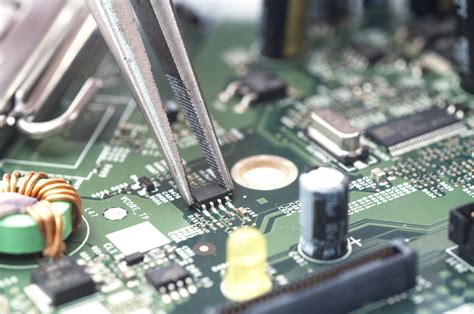
PCB Assembly Process-9 Tips On How To Ensure a Smooth PCB Assembly Process
Tip 1: Choose the Right PCB Design Software Selecting the appropriate PCB design software is the first step towards ensuring a smooth PCB Assembly process.[…]
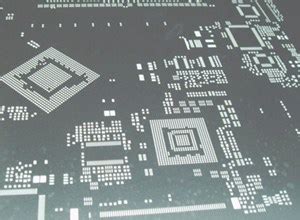
The Most Important Role Of Stencils In PCB Fabrication
What are PCB Stencils? PCB stencils, also known as solder paste stencils, are thin metal sheets with precise openings that correspond to the pads on[…]
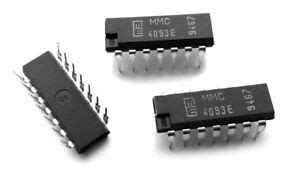
IC 4093- What is it, and How Does it Work?
Introduction to IC 4093 The IC 4093, also known as the CD4093 or HEF4093, is a quad 2-input NAND Schmitt trigger integrated circuit. It is[…]
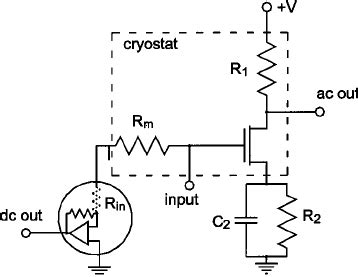
Stray Capacitance – The Ultimate Guide You Need To Know
What is Stray Capacitance? Stray capacitance, also known as parasitic capacitance, refers to the unwanted capacitance that exists between conductors in an electrical circuit. This[…]